Keeping your dog’s collar clean is essential for their health and hygiene. We’ll explore how to wash dog collar effectively, ensuring it stays fresh and odor-free. Regular cleaning prevents skin irritation and prolongs the collar’s lifespan. Follow these simple steps to maintain your dog’s collar in top condition.
Preparing for the Cleaning Process
Proper hygiene isn’t just for your dog—it extends to their accessories too, including the often-overlooked dog collar. How to wash dog collar is not just a matter of cleanliness but also of your pet’s health and comfort. A clean collar prevents skin irritation, keeps odors at bay, and ensures your dog looks and feels great. We’ll walk you through everything you need to know about cleaning various types of dog collars, from nylon and leather to metal and specialty collars like flea or electronic collars.
Importance of Washing Your Dog’s Collar
A dog collar isn’t just a fashion statement or a means to attach a leash; it’s an essential accessory that your dog wears daily. Collars accumulate dirt, bacteria, and even allergens, especially if your dog loves outdoor adventures. Regular cleaning not only removes these contaminants but also helps extend the life of the collar, saving you money in the long run. More importantly, a clean collar reduces the risk of skin irritations and infections that can arise from prolonged exposure to dirt and bacteria.
How Often Should You Wash a Dog Collar?
The frequency of washing your dog’s collar depends on several factors. Your dog’s activity level, the environment they frequent, and the material of the collar. As a general rule, washing dog collar should be done at least once a month for most collars. However, if your dog is particularly active or if the collar gets visibly dirty or starts to smell, more frequent washing may be necessary. Regular inspection can help you determine when it’s time for a clean.
Organizing for the Cleaning Process
Before diving into the cleaning process, it’s essential to gather the necessary supplies and assess the condition of the collar.
Gathering Supplies
Mild Detergent or Dog Shampoo: Choose a gentle detergent or shampoo that won’t irritate your dog’s skin.
Soft Brush or Toothbrush: This will be used to scrub the collar and remove stubborn dirt or grime.
Warm Water: Ensure you have access to warm water for effective cleaning.
Towel: Prepare a clean towel for drying the collar after washing.
Optional: Baking Soda, Vinegar: These natural ingredients can help tackle tough stains and odors.
Checking the Collar for Damage:
Before cleaning, inspect the collar for any signs of wear and tear, such as frayed edges, weak spots, or broken hardware. Addressing these issues promptly can prevent further damage and ensure the collar remains safe for your dog to wear.
Material Lists for Washing Dog Collars
Basic Cleaning Materials
- Mild Dish Soap (Palmolive).
- Warm Water.
- Soft Brush or Toothbrush.
- Microfiber Cloth or Towel.
Deep Cleaning Materials
- Baking Soda (e.g., Arm & Hammer)
- White Vinegar (e.g., Heinz, Bragg)
- Enzyme Cleaner (e.g., Nature’s Miracle, Simple Solution)
- Spray Bottle.
Conditioning Materials (for Leather Collars)
- Leather Cleaner (e.g., Lexol, Bickmore)
- Leather Conditioner (e.g., Obenauf’s, Chamberlain’s)
- Cotton Cloth
Sanitizing Materials
- Hydrogen Peroxide (e.g., Swan, Solimo)
- Antibacterial Soap (e.g., Dial, Softsoap)
- Gloves (e.g., Playtex, MedPride)
Drying and Finishing Materials
- Drying Rack or Hanger
- Absorbent Towel (e.g., ShamWow, Utopia Towels)
- Lint Roller (e.g., Scotch-Brite, Evercare)
Optional Materials
- Essential Oils (Lavender, Tea Tree) (e.g., doTERRA, Plant Therapy)
- Fabric Softener (e.g., Downy, Snuggle)
- Stain Remover Pen (e.g., Tide To Go, Clorox Bleach Pen)
How to Wash Different Types of Dog Collars
Now that we’ve covered the importance of how to wash dog collar and prepared our supplies, let’s dive into the specific methods for cleaning different types of dog collars.
Nylon Collars
Nylon collars are popular for their durability and ease of maintenance. Here’s how to clean them effectively:
Step-by-Step Guide:
- Removing the Collar from the Dog: Start by unclasping or loosening the collar to remove it from your dog’s neck.
- Rinsing the Collar: Rinse the collar under running water to remove any loose dirt or debris.
- Applying Detergent/Shampoo: Apply a small amount of mild detergent or dog shampoo directly to the collar.
- Scrubbing the Collar: Use a soft brush or toothbrush to gently scrub the entire surface of the collar, paying attention to areas with visible stains or dirt buildup.
- Rinsing Thoroughly: Rinse the collar thoroughly with warm water to remove all traces of detergent or shampoo.
- Drying the Collar: Pat the collar dry with a towel to remove excess water, then hang it to air dry completely before reattaching it to your dog.
Leather Collars
Leather collars require special care to maintain their quality and suppleness. Follow these steps to clean them properly:
Step-by-Step Guide
- Removing the Collar from the Dog: Detach the collar carefully to avoid damaging the leather.
- Wiping Down the Collar: Use a damp cloth to wipe down the entire surface of the collar, removing any surface dirt or grime.
- Using a Leather Cleaner: Apply a small amount of leather cleaner specifically formulated for dog collars. Gently rub it into the leather using circular motions.
- Conditioning the Leather: After cleaning, apply a leather conditioner to keep the leather soft and prevent it from drying out. Follow the manufacturer’s instructions for application.
- Drying the Collar Properly: Allow the collar to air dry away from direct sunlight or heat sources. Avoid using a hairdryer as it can damage the leather.
Fabric Collars
Fabric collars come in various materials, including cotton, polyester, or blends. Here’s how to clean them effectively:
Step-by-Step Guide
- Removing the Collar from the Dog: Take off the collar and separate any detachable fabric parts if possible.
- Applying Detergent/Shampoo: Fill a basin or sink with warm water and add a small amount of mild detergent or dog shampoo.
- Soaking the Collar: Submerge the collar in the soapy water and let it soak for a few minutes to loosen dirt and oils.
- Scrubbing the Collar: Use your hands or a soft brush to gently scrub the fabric, focusing on any stains or dirty spots.
- Rinsing Thoroughly: Rinse the collar thoroughly under running water to remove all soap residue.
- Drying the Collar: Press the collar between clean towels to remove excess water, then hang it to air dry completely.
Metal Collars
Metal collars, such as chain or prong collars, are durable but require regular cleaning to prevent rust and maintain their shine.
Step-by-Step Guide
- Removing the Collar from the Dog: Unclasp or loosen the collar to remove it from your dog’s neck.
- Soaking in Soapy Water: Fill a bowl or sink with warm, soapy water and submerge the metal collar. Let it soak for several minutes to loosen dirt and debris.
- Scrubbing with a Brush: Use a soft-bristled brush or toothbrush to scrub the metal collar, paying attention to crevices and chain links.
- Rinsing and Drying: Rinse the collar thoroughly under running water to remove all soap residue. Dry it with a towel and allow it to air dry completely.
Specialty Collars, Natural Cleaning Solutions, and Maintenance Tips
In this final part of our guide on how to wash dog collar, we’ll cover specialty collars, natural cleaning solutions, drying and reassembling the collar, maintenance tips, and troubleshooting common issues.
Special Considerations for Electronic Collars
Electronic collars, including bark control or training collars, require careful cleaning to ensure their functionality and your dog’s comfort.
| Special Considerations for Electronic Collars |
| 1. Understanding the Components |
| – Identify all electronic parts |
| – Check for water resistance rating |
| – Remove detachable electronic parts |
| 2. Preparing for Cleaning |
| – Power off the collar |
| – Detach the receiver and other components |
| – Inspect for damage or wear |
| 3. Cleaning the Collar |
| – Use mild soap and water |
| – Avoid submerging electronic parts |
| – Clean non-electronic parts separately |
| 4. Drying the Collar |
| – Pat dry with a towel |
| – Air dry completely before reassembling |
| – Avoid direct sunlight or heat sources |
| 5. Reassembling the Collar |
| – Ensure all parts are dry |
| – Reattach the electronic components |
| – Test the collar to ensure functionality |
| 6. Regular Maintenance Tips |
| – Clean the collar regularly to prevent buildup |
| – Check for software updates or manufacturer maintenance tips |
| – Store in a cool, dry place when not in use |
| 7. Troubleshooting Common Issues |
| – Addressing water damage |
| – Dealing with malfunctions after cleaning |
| – Contacting customer support if needed |
| 8. Safety Considerations |
| – Ensure proper fit to avoid discomfort or injury |
| – Monitor for any signs of irritation or allergic reaction |
| – Follow manufacturer guidelines strictly |
Natural Cleaning Solutions
Consider using natural ingredients like baking soda or vinegar for eco-friendly cleaning or stubborn stains and odors. These natural solutions are not only effective but also safe for your pet and the environment.
Using Baking Soda
Sprinkle baking soda directly onto the collar and let it sit for a few hours to absorb odors. Baking soda is known for its deodorizing properties, making it ideal for eliminating bad smells. After it has absorbed the odors, brush off the excess powder and rinse the collar thoroughly with water. This method is gentle and won’t harm the collar material.
Using Vinegar
Mix equal parts vinegar and water in a bowl. Vinegar is a natural disinfectant and deodorizer. Soak the collar in this solution for 15-20 minutes to break down dirt and eliminate bacteria. After soaking, scrub the collar with a soft brush to remove any remaining grime, then rinse well with water. This method is particularly effective for removing tough stains and odors.
Combining Natural Ingredients
Create a paste using baking soda and water. Apply this paste to stains or dirty spots on the collar, scrub gently with a brush, and rinse thoroughly. The abrasive nature of baking soda combined with water helps to lift stains without damaging the collar. For extra cleaning power, you can add a few drops of vinegar to the paste. This combination can tackle even the most stubborn dirt and stains, leaving the collar clean and fresh.
Drying and Reassembling the Collar
After cleaning, proper drying and reassembly are crucial to maintaining the collar’s integrity and functionality.
Air Drying vs. Machine Drying
- Air drying is the safest method for most collars to avoid damage. Hang the collar in a well-ventilated area away from direct sunlight or heat sources.
- Machine drying may be suitable for certain collars (check manufacturer instructions). Use a low-heat setting and a laundry bag to protect the collar.
Reattaching Tags and Accessories
- Once dry, reattach any tags, charms, or accessories to the collar securely before placing it back on your dog.
Tips for Maintaining a Clean Collar
To extend the lifespan of your dog’s collar and keep it looking and smelling fresh, follow these maintenance tips:
Regular Cleaning Schedule
- Establish a routine for washing dog collar, based on your dog’s activities and collar material. Aim for at least once a month, or more frequently as needed.
Quick Wipe Downs Between Washes
- After outdoor adventures or if the collar gets lightly soiled, wipe it down with a damp cloth to remove dirt and prevent buildup.
Storing Collars Properly
- Store clean collars in a dry, cool place when not in use to prevent mold and mildew growth.
Troubleshooting Common Issues
Address common collar cleaning challenges effectively:
Dealing with Stubborn Stains
- For tough stains, pretreat with a stain remover or a paste of baking soda and water before washing.
Removing Odors
- Use baking soda or vinegar as natural deodorizers. Let them sit on the collar before rinsing.
Repairing Damaged Collars
- Repair frayed edges or broken hardware promptly to prevent further damage. Consider professional repairs for leather or specialty collars.
FAQs
How Often Should I Clean My Dog’s Collar?
Cleaning your dog’s collar regularly is essential to maintain hygiene and ensure your pet’s comfort. Here are some guidelines on how often you should clean your dog’s collar.
- Frequency: Ideally, you should clean your dog’s collar once a month. However, if your dog is very active, loves playing in the dirt, or swims often, you may need to clean it more frequently, such as every two weeks.
- Inspection: Regularly inspect the collar for dirt, odor, or signs of wear and tear. If you notice it getting dirty or smelly before the monthly cleaning, clean it sooner.
- Material: The frequency of cleaning can also depend on the material of the collar. For example:
- Nylon or Fabric Collars: These can trap dirt and odors more easily and may need more frequent cleaning.
- Leather Collars: These should be cleaned and conditioned regularly to prevent cracking and odor buildup.
- Waterproof Collars: These are typically easier to clean and might not need as frequent washing, but still, a monthly clean is recommended.
- Seasonal Considerations: During wet and muddy seasons, you might need to clean the collar more frequently compared to dry seasons.
- Health Concerns: If your dog has any skin issues or allergies, cleaning the collar more often can help prevent further irritation.
Can I Use Human Shampoo to Clean a Dog Collar?
Using human shampoo to clean a dog collar is not recommended. Human shampoos are formulated for the pH balance of human skin, which is different from that of dogs. Here are some reasons why using human shampoo might not be ideal:
- pH Difference: Human shampoos are typically more acidic compared to dog shampoos. The pH level of a dog’s skin is more neutral, and using a product with the wrong pH can lead to skin irritation or other issues for your dog.
- Ingredients: Human shampoos may contain ingredients like fragrances, dyes, and other chemicals that can be harmful or irritating to dogs. These ingredients can cause allergic reactions or dry out your dog’s skin.
- Effectiveness: Dog shampoos are formulated specifically to clean a dog’s skin and coat, which may include dealing with issues like fleas, ticks, or other pests. Human shampoos are not designed to address these concerns.
What to Use Instead
- Dog Shampoo: Opt for a mild dog shampoo that is designed for your dog’s specific needs (e.g., sensitive skin, flea control).
- Mild Dish Soap: A small amount of mild dish soap diluted with water can be used in a pinch. Ensure it is thoroughly rinsed out.
- Baking Soda: A mixture of baking soda and water can be an effective and gentle cleaner.
- Vinegar Solution: A solution of equal parts water and vinegar can help clean and deodorize the collar.
What Should I Do If My Dog’s Collar Smells Bad?
If your dog’s collar smells bad, here are some steps you can take to clean it.
- Inspect the Collar: Check the material of the collar to determine the best cleaning method.
- Hand Wash: For fabric collars, hand wash using mild detergent and warm water. Scrub gently with a soft brush if needed.
- Machine Wash: If the collar is machine washable, place it in a laundry bag or pillowcase to protect it, then wash on a gentle cycle with mild detergent.
- Air Dry: After washing, air dry the collar away from direct sunlight to prevent damage to the material.
- Clean Buckles and Metal Parts: Use a damp cloth to wipe down any metal parts or buckles on the collar.
- Replace if Necessary: If the collar is very worn or the smell persists despite cleaning, consider replacing it with a new one.
Is It Safe to Machine Wash Dog Collars?
Yes, it’s generally safe to machine wash dog collars, but it depends on the material and construction of the collar.
- Check the Label: Always read the care instructions on the collar. Some collars are specifically designed to be machine washable, while others may require hand washing.
- Remove Attachments: Before washing, remove any attachments like tags or electronic devices if they are detachable.
- Use a Gentle Cycle: If the collar is machine washable, use a gentle cycle with cold water. This helps to protect any sensitive materials and prevent damage.
- Use Mild Detergent: Use a mild detergent that’s safe for pets to avoid any skin irritation for your dog.
- Air Dry: After washing, air dry the collar instead of using a dryer. Direct heat can damage some collar materials, especially those with plastic buckles or decorative elements.
- Inspect Regularly: Regularly inspect your dog’s collar for signs of wear and tear. Machine washing can weaken materials over time, so replacing collars when they show signs of damage is important.
Conclusion
Maintaining a clean dog collar is not just about aesthetics—it’s about your dog’s comfort and health. By following these how to wash dog collar steps and tips, you ensure your dog’s collar stays fresh, comfortable, and functional for years to come. Regular cleaning and proper maintenance not only extend the life of the collar but also contribute to your dog’s overall well-being. Incorporate these practices into your pet care routine, and your furry friend will thank you with a wagging tail and a clean collar.
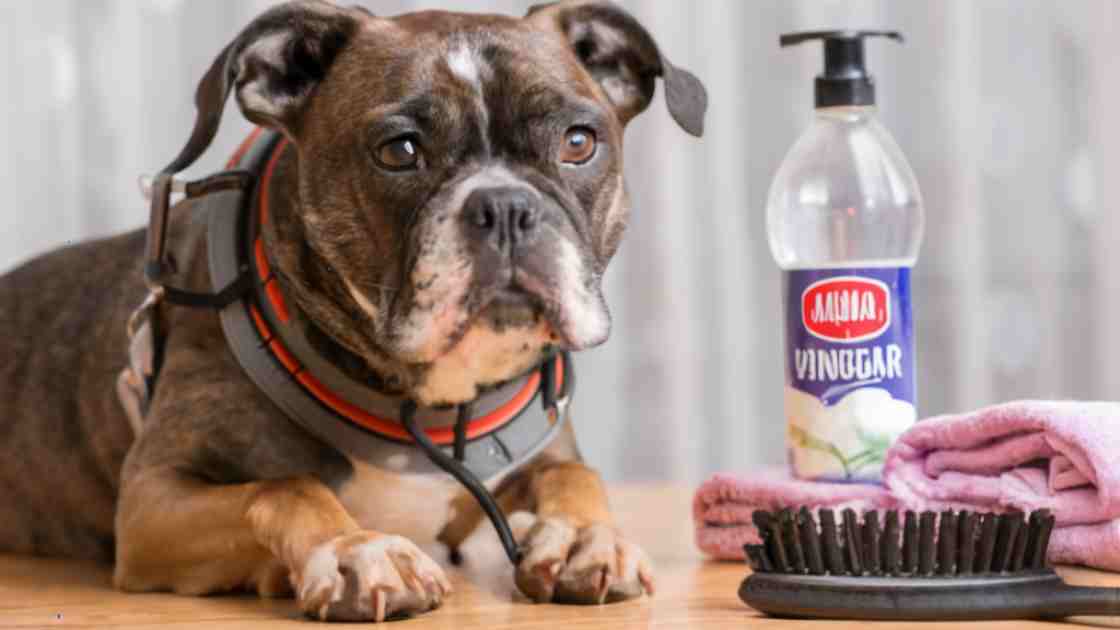
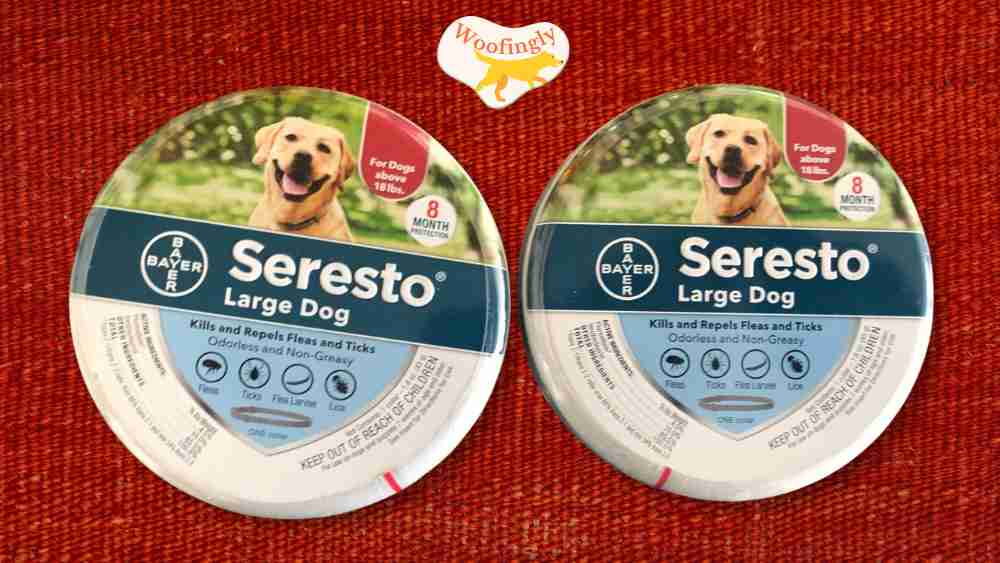
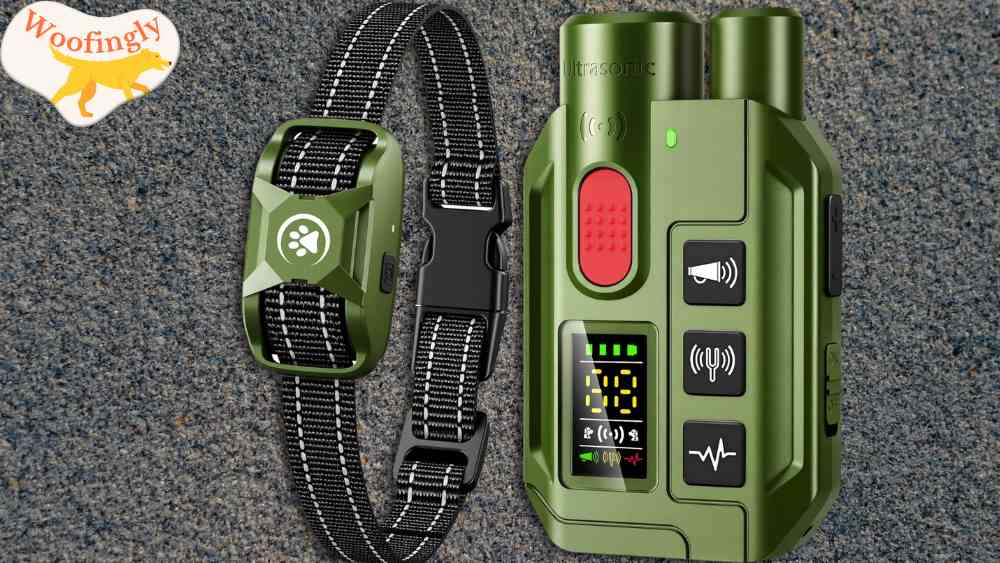
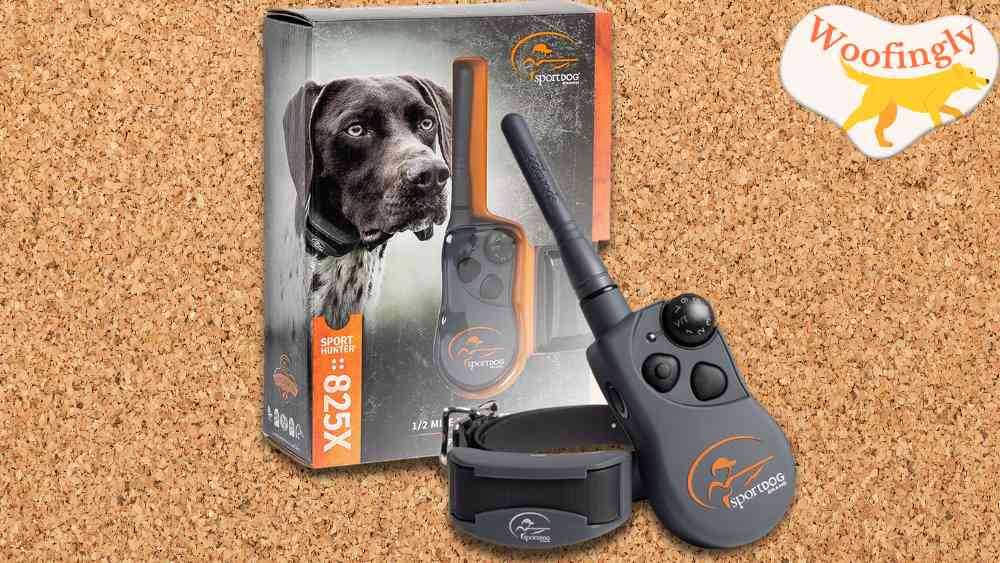
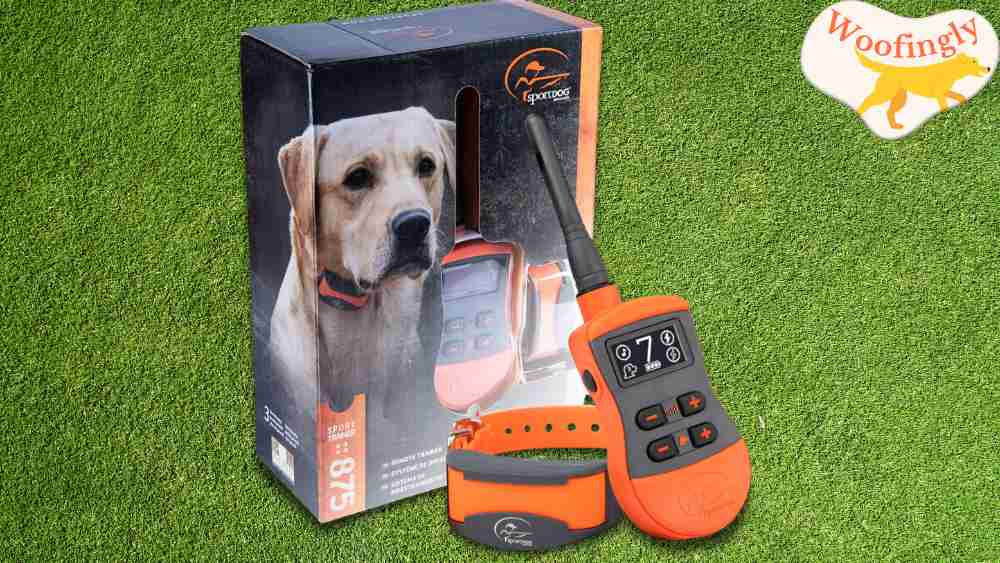
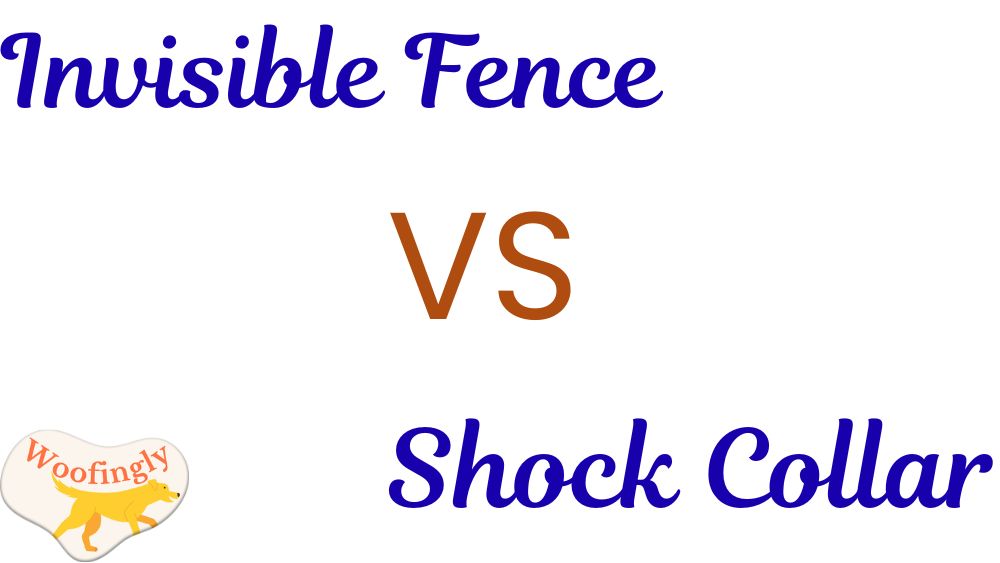
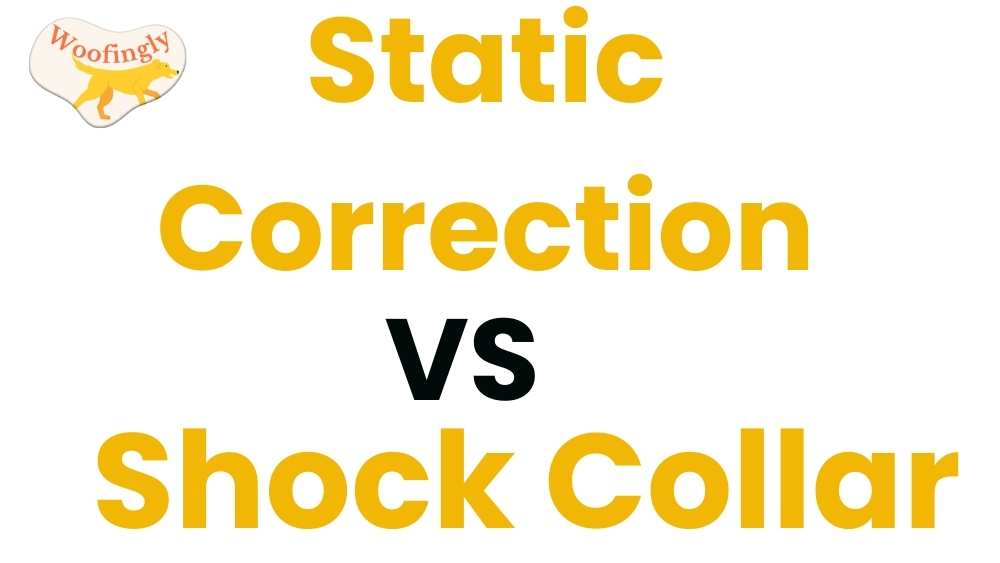
Leave a Reply